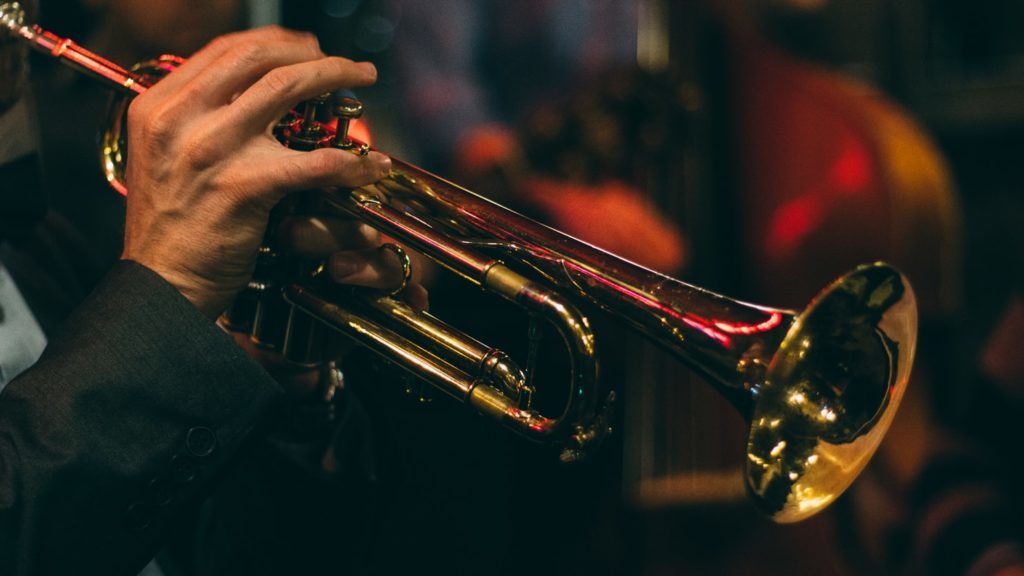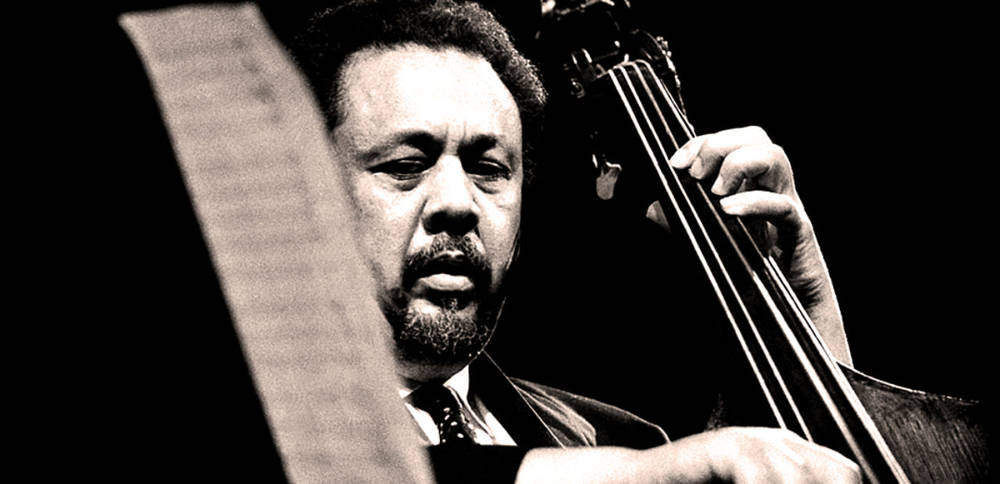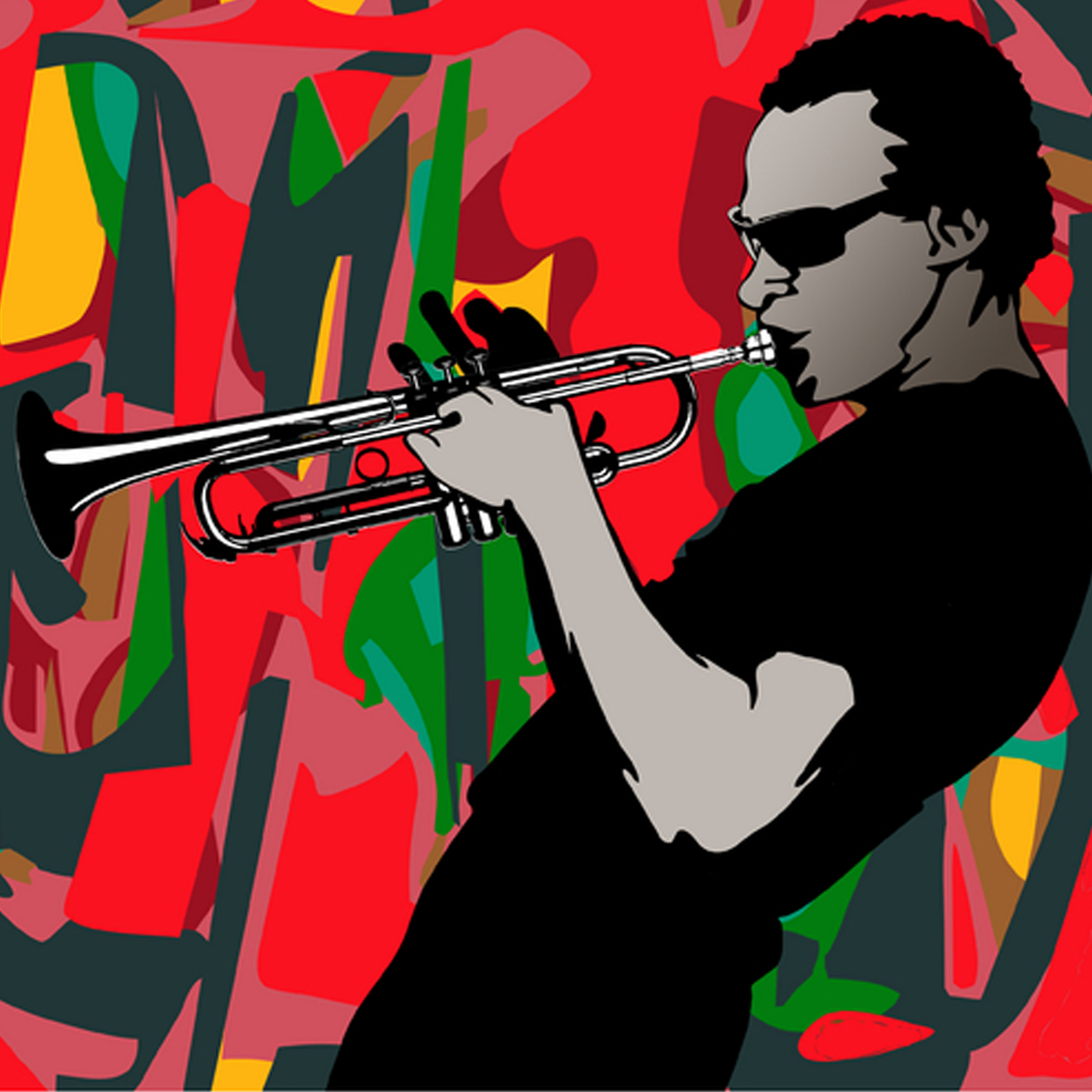Non-musical life skills, benefits, and educational lessons
Introduction
Jazz music teaches us many things beyond the sounds. As jazz performers we strive to be better players and advance our art. As jazz teachers we strive to instill in our students all of the techniques and best practices we know to allow them to flourish. And as jazz students we strive to gain as much as we can from the past and present to bring music to the next level in the future. Throughout the study and performance of jazz music we develop focused habits of working, self-discipline, communication skills and fluency of professional vocabulary, teamwork, the ability to accept constructive feedback, and critical listening skills, to mention a few examples.

The life of a contemporary jazz artist, teacher, composer or performer, begins as a student and continues as such throughout her career. Just as every person is unique; every music student is different learning in her own way. In order to grow as an artist, she needs to balance time learning alone with time spent working with other musicians. Once she has acquired high-level skills and knowledge as a musician, the circle begins and she is ready to become a teacher.
As a teacher she is learning from her students and learning for her students – often at the same time. The lessons shared encourage both teacher and student and influence the music being created. Teachers need to understand each student and provide the tools and motivations necessary to guide them to personally discover music.
When a teacher inspires a student to make music in her own way, she becomes a performer who is able to apply lessons learned into her art. She is writing real time compositions with her colleagues during live performances. This means jazz performers create a new story on stage and have the power to move people’s feelings in the moment. To do this, she must be a student of the world – looking for new inspirations, ideas, and ways to improve. Accordingly, she must embrace hard work and the art of practice.
This article is designed to highlight non-musical life skills, benefits, and educational lessons embedded in the study, practice, and performance of jazz music through the lenses of student, teacher, and performer.
Part 1: Solitude
Jazz is individual and personal. It requires time, focus, listening, preparation, repetition, and more – just as athletes or dancers require individual training to perfect their abilities. Individual work leads to rewarding interactions with others.
For the student, performing jazz is a process of self-discovery that requires listening to the music, listening to a teacher, and listening to the sounds she is making on her instrument or with her voice. This critical listening provides a role model for the sounds of jazz music, familiarity with jazz icons and their original contributions to the art form, and self-awareness of individual progress. The ability to listen is personal and varies depending on the seriousness and maturity level of the student. Time spent working alone teaches us self-discipline, determination, motivation, and a sense of pride and accomplishment when improvements are made.
For the teacher, advancing jazz music requires the ability to guide students as a role model, selecting effective repertoire and exercises, and balancing praise with constructive criticism. The preparation requires teachers to select experiences for individual students and tailor lessons to specific needs and abilities. It also requires planning for long- and short-term goals for themselves as teachers and for each student in their studio. Focused time alone getting ready for lessons with students teaches us the value of preparation, professional engagement, and power of selecting repertoire for other artists that simultaneously inspires, challenges, and showcases growing talent.
For the performer, playing jazz requires hours and hours of practice, critical listening, and self-evaluation, as well as artistic curiosity, tireless dedication, and self-motivation to prepare her to be a contributing member of a band or ensemble. The solitary investment allows musicians to develop technique, flexibility, agility, and an artistic voice. In addition, the individual work of the musician allows her to own the information to be able to apply it in performance and demonstrate vocabulary, literacy, and skill.
To illustrate our ideas a bit further, we offer the following examples of non-musical life skills, benefits, and educational lessons embedded in the study and performance of jazz music while working in solitude:
• Ability to Work Independently
• Cognitive Memorization
• Confidence while Developing a Command of the Instrument/Voice
• Critical Listening
• Decision Making
• Dedication
• Establishing a Routine
• Focus
• Follow Through
• Imitation
• Kinesthetic Memory
• Pacing
• Patience
• Perseverance
• Planning
• Pride and Joy
• Reading
• Reflection
• Respect for Other Artists
• Revising
• Self-Awareness and Evaluation
• Self-Management of Goals
• Sense of Accomplishment
• Time Management
• Transcribing
• Value of Repetition
• Work Ethic
• Working through Frustration and/or Self-Doubt

Part 2: Four Brothers
Jazz happens in groups. Whether a duo, trio, quartet, combo, big band, or other type of ensemble – jazz regularly happens when musicians come together to play. This group music making requires each musician to bring a personal command of her instrument or voice to the ensemble, which establishes a level of repertoire and artistry.
Check out New York Times article for upcoming jazz events here.
Playing jazz with others requires awareness, listening, and sensitivity, and the ability to make adjustments on the spot to support colleagues and/or take the lead. While playing music with others, communication occurs naturally through the music itself as well as with body language. These non-verbal interactions strengthen the music and the relationships among the players and over time result in high-level performers who can anticipate what the others will do and respond accordingly.
In addition, and simply put, it’s fun to play music with others. The collaboration brings up qualities and reactions that you cannot experience alone – and results in new experiences for performers and audience members every time.
For the student, performing jazz with others requires her to control her own instrument to be able to make sounds that balance and blend with the group. She must be able to create appropriate tone for the repertoire and use articulations, phrasing, dynamics, and stylistic inflections to advance the overall performance of the ensemble. By performing with others the student learns how to be part of a team, how to communicate with fellow musicians and audiences, and is able to assess her strengths and weaknesses as an artist related to peers.
For the teacher, preparing students to be independent artists who are able to contribute to a group is at the heart of private studio instruction. The teacher needs to instill confidence as she stretches the performance vocabulary (e.g., technique, music literacy, artistic choices) of each student. By thinking about solo and group music making, the teacher is teaching her student the idea that she cannot be an effective member of a band if she is not ready or is unprepared for the level of the experience.
For the performer, playing (at a high level) with others requires hours of practice alone and then with groups. She needs to be aware of her role in the band and always strive to contribute to the group music making. In addition, she must recognize the interpersonal elements of performing with other musicians.
To illustrate our ideas a bit further, we offer the following examples of non-musical life skills, benefits, and educational lessons embedded in the study and performance of jazz music while working with others:
• Ability to Lead and Follow
• Ability to Adapt
• Awareness of Others
• Being Challenged
• Brainstorming
• Collaboration
• Confidence as an Artist Contributing to a Group
• Critical and Creative Thinking
• Energy and Motivation
• Form Opinions
• Group Consensus (Reach Consensus)
• Healthy Competition
• Inspiration
• Listening
• Non-Verbal Communication
• Offering and Receiving Constructive Criticism/Feedback
• Peer Assessment
• Support
• Synchronicity
• Teamwork
• Working Toward Shared Goals
Part 3: Imagination
Jazz pushes boundaries. It is an art form grounded in interpretation and improvisation – freedom of expression and personal choice. Performers, composers, and arrangers of jazz music strive to offer an original voice and advance artistic expression through the use of music vocabulary, instrumentation, and form. They dream of and make sounds unheard before and identify ways to breathe new life into standard repertoire.

For the student, interpretation is often easier than improvisation. Taking a jazz standard and planning ways to alter the melody or rhythm, stretch phrases, or insert space and ornamentation is different from spontaneously creating original music during a performance. Interpretation requires awareness of the musical expression and the ability to make effective choices. Improvisation, on the other hand, can be scary and intimidating for the student, at first, as she offers solos in front of other musicians and audiences. This risk taking instills confidence when she is successful and can be devastating if not. This means it is essential that she understand the improvisational process and receive clear guidance and feedback on her performance. Once familiar (and confident) the student is ready to interpret music, share original ideas, and use her artistic and intellectual imagination to play jazz.
For the teacher, imagination is an essential component of the instruction. She needs to creatively engage her students with effective techniques, and new ways of thinking about and making music during each lesson. She also needs to listen to her student and find ways to help her express herself through an instrument or with her voice – working together to stretch and grow over time. Teaching improvisation requires a step-by-step approach that allows the student to build on prior knowledge and abilities, and simultaneously develop skill and confidence.
For the performer, interpretation and improvisation allow for some of the highest jazz music making experiences as she shares her original ideas and skill with audiences. The ability to develop a solo that has a beginning, middle, and end; includes hooks, riffs, and/or quotes; and shows technical and artistic proficiency is exhilarating for musicians. In addition, these solos inspire other musicians and listeners, and advance the art form.
To illustrate our ideas a bit further, we offer the following examples of non-musical life skills, benefits, and educational lessons embedded in the study and performance of jazz music while interpreting, creating, and improvising:
• Apply
• Arrange
• Compare and Contrast
• Communicating Original Ideas
• Compose
• Confidence
• Critical and Creative Thinking
• Development of an Idea
• Exploration
• Form Opinions
• Fluency of Ideas
• Interaction
• Interpretation
• Listening
• Personal Expression
• Self-Assessment
• Support
• Take Risks
• Use Vocabulary in New Ways
Part 4: Watch What Happens
Jazz matures and soars. Something magical happens when highly accomplished musicians perform jazz together. There is an air of freedom in the music as the performers explore, create, and communicate with each other and their audiences. The music is alive and fresh as the performers engage together and create something new.
For the student, at this level, there is a sense of maturity that allows her to recognize that she will continue to learn new lessons throughout her musical life – balanced with awareness that she is no longer the student she once was.
For the teacher, there is a thrill in shaping music made at the highest levels with suggestions for subtle adjustments and the ability to insert her artistic vision to influence the art produced by another musician.
For the performer, there is a challenge to communicate the energy of applying all your skills and experiences in a real time situation, including the interaction with your partners and the audience. Making music; entertaining, educating, and engaging audiences; and inspiring the next generation of jazz musicians while playing at the top of their game is the goal.
To illustrate our ideas a bit further, we offer the following examples of non-musical life skills, benefits, and educational lessons embedded in the study and performance of jazz music over an extended period of time:
• Ability to Inspire and Educate Others
• Career Development
• Create New Sounds, Techniques, and Methods
• Inform Audiences
• Inspiration
• Freedom Grounded in Skill, Technique, and Experience
• Leadership
• Original Voice
• Personal Growth
• Professional Accomplishment
• Synthesis
Tag: Final Thoughts
To be a complete and grounded jazz artist is very demanding, and it can only be achieved through a life long path of practice, sacrifice and self-discipline. Although this work (like all work) has many challenges, it is extremely rewarding. It helps us understand who we are and the world around us. Moreover, being a jazz musician gives us the opportunity to communicate with others and teaches us new ways to enjoy life.
The non-musical lessons, benefits, and life skills that are embedded in the study and performance of jazz music – whether working alone or with others, whether a beginner or a pro – all influence who we are as students, teachers, and performers. These elements enhance the musical sounds, allow us to grow as well-rounded people, and take the music to new places.
So, the next time you step on stage to perform, go in the studio for a lesson, or prepare to teach someone, remember that in addition to making great jazz – you are developing skills, knowledge and abilities that go well beyond the music.
